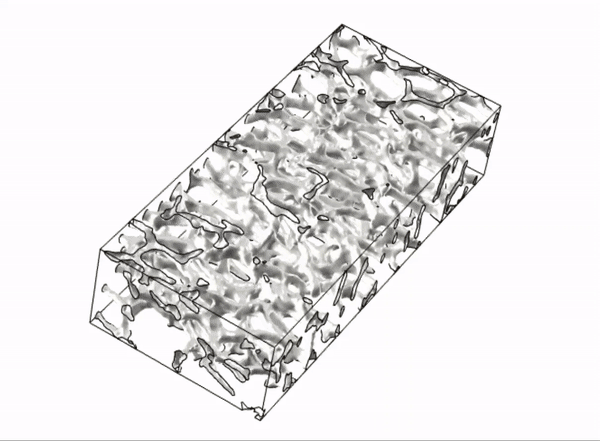A Wired article stated that “improving batteries has always been hampered by slow experimentation and discovery processes. Machine learning is speeding it up by orders of magnitude.”

Today, there is an urgent need to improve batteries and the race is heating up.
Improving batteries has been considerably hampered by slow experiments, long turnaround times and a difficult discovery process. This all leads to longer lead times and higher costs. Artificial Intelligence (AI) and machine learning (ML) can help speed this up and reduce costs, while at the same time, greatly improve batteries through changing their architecture and structure to make them operate faster, last longer and be safer.
Companies that fail to make the transition from traditional combustion engines to batteries and that don’t utilise the advanced technology of AI will find it harder to compete.
The most obvious example is the increase in the energy density of Li-ion batteries, quicker charging times and more demanding operational environments. To improve these batteries, they need new types of material or technology that makes them more efficient. This would involve improved electrochemical reactions between the electrolytes, separator, current collectors and electrodes that would allow for a much higher energy density and lower costs.
Recent work in this area utilizes AI to understand and predict the lifetime of batteries.
Starting with MIT a few years ago, other teams in Argonne National Labs and Chicago have since focused on trying to discover new materials. The development of AI in battery science can be characterized and split into two typical categories:
The system level understanding and approach This utilizes AI for battery packs, their integration and expected performance. It also encompasses different cell types and their different chemistries with performance expectations. Additionally, it can determine the optimum methods to distribute energy within multiple batteries or packs.
The strong development and focus in materials discovery for batteries This is with the hope of a breakthrough where AI can unlock useful combinations of materials which would not have otherwise been considered. This materials discovery approach has yielded interesting results in many other areas such as superconductors, and appears highly promising in batteries. Effectively, it can be considered as a Lab on steroids.

An underlooked but critical role for AI is optimizing the fundamental battery structure for performance as any improvements here increase benefits.
This means understanding structure-property relationships within the cell itself at the electrode level, and then designing and producing the best battery structure for a given demanding application. Improvements here would automatically scale up immediately from electrodes to cells to the system level ,supplementing any of the improvements found.
The structures for different demands will need to be optimized and AI can make profound suggestions into possible designs for batteries. Indeed, users could specify their requirements and be met with what is possible now, with the AI adapted to suggest possibilities based on emerging technologies before they even happen. In effect it can be considered an entire prototyping factory on steroids and offers great value in time and costs.
How Addionics is powering the future
Addionics is one of the few companies that uses AI to lead the next breakthrough in battery performance. The smart 3D electrodes, which are developed and utilized by Addionics’ unique manufacturing process, is designed by the company’s AI software abilities. To design the improved battery architectures, Addionics employs unique in-house optimization and an AI algorithm that integrates into a battery’s hardware to create a smart, complete solution. The software uses AI-based and structure optimization algorithms that can predict and determine the best structure according to the application requirements.

Using the in-house AI software also helps Addioncs to protect its IP, accelerate the technology development and save funds by using advanced optimization simulations.
Improving batteries has always been hampered by slow experimentation and discovery processes. Machine learning is speeding it up by orders of magnitude. Addionics aspires to be the leading company in AI for battery design and is the only company that is able to conduct this from cell level upwards to production. Addionics AI-based 3D cell design, along with other breakthrough battery technologies, will allow the next step-change in battery performance to accelerate electrification and enable a clean energy future.
Find out more about our technology and how it can boost product performance, and contact us for collaboration opportunities.
